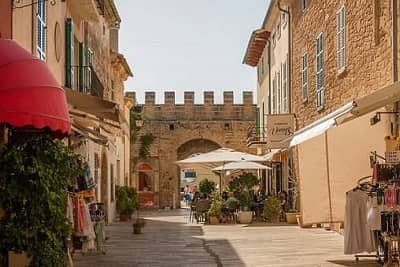A Cyclist's Guide to the Villages of Mallorca
Mallorca is an island with several faces. Many people know it as a land of package holidays and beach resorts or for the marina and history of Palma - the capital. Cyclists and walkers may
be familiar with the beautiful Tramuntana Mountains in the north of the island, while the coves of the south are popular for snorkelling.
Somewhat lesser known though, are the historic towns and villages of Mallorca. In many ways these represent traditional Mallorca and they are probably our favourite thing about the island. By staying in these towns you can really immerse yourself in the culture and heritage of the island, and really get the authentic Mallorcan experience.
In this article we take a look at some of these towns and villages, and we identify the best ones to choose for a cycling holiday. We look at places suitable for both leisure cyclists who want to ride comfortable routes, as well as for more sporty riders who want to challenge themselves on longer climbs. Overall though, this guide is for cyclists who want to enjoy the cultural experience off the bike and who want to go on a multi-dimensional cycling holiday.
The cycling routes in this part of the island tend to be more hilly. They are the ideal destination for cyclists who like to do challenging rides, but who also want to get a feel for Mallorcan history and culture.
The 13th century charterhouse is one of the top attractions, and it is surrounded by charming streets lined with cafes and boutique shops that create an idyllic image. During the 19th century the town was the home of the composer Frédéric Chopin and his author lover George Sand. While nearby Deia was the home town of the writer Robert Graves - hinting at the sophistication of the area.
Unfortunately, the down side, is that Valldemossa and Deia have become a bit too well known. Valldemossa in particular can get very busy with tourists, and has lost some of its authenticity. For this reason, we recommend it to visit and to soak up the atmosphere of the old town, but we believe that there are better, more authentic places to stay in this part of the island.
Banyalbufar was established as a settlement by the muslim Caliphate of Cordoba in the 10th century, and it continued to rise in prominence after the Christian reconquest in the late Middle Ages.
During this period it became a significant agricultural center on the island. Stepped terraces, built into the hillside, specialized in producing wine, olive oil, tomatoes and citrus fruits, which were then sold throughout the island.
Today these impressive terraces remain a distinctive feature of the region and make for a scenic backdrop as they slope down towards the Mediterranean sea. The narrow streets of Banylabufar's old town remain authentic, and it doesn't suffer from the over-crowding of Valldemossa.
The hotels in the town are also mostly housed in beautiful historic buildings, allowing you to really immerse yourself in the culture and traditions of rural Mallorcan life. The neighbouring village of Estellencs is very similar and another great place to stay in this part of the island.
On our review of the best cycling routes in Mallorca, the coastal circle around Banyalbufar is number one on the list. And with good reason, because its combination of scenery, history and culture is hard to beat in Mallorca.
It's cut off from the rest of the island by mountain passes and so has quite a unique atmosphere. The charming old town is full of narrow streets to explore, and the historic tram that runs down to the coast and Port de Sóller is a fun journey to take.
For cyclists who enjoy climbing this is a fantastic area. Ascents to Puig Major and Coll de Sóller are on your doorstep, with many other great mountainous routes within easy riding distance.
We spend a night in Port de Sóller on our Mallorca: Mountains & Coast cycling holiday, as it is another destination that combines a certain historic charm with great scenery. You could easily spend more time here though, and the smaller mountain villages of Fornalutx and Biniaraix are very popular with hikers for the amount of trail heads nearby.
From here you can easily head off into the mountains, but you can also do beautiful flat or rolling rides through vineyards, olive groves and other delightful scenery. This part of the island is full of older towns, but some are more charming than others - these are just a few of our favourites.
Selva is the larger and more lively of the two, and has a superb choice of restaurants in the evening, but both towns are just delightful to wander around and soak up the atmosphere of hundreds of years of Mallorcan history.
The nearby villages of Campanet and Moscari have a similar feel, although are perhaps slightly less charming places to stay. Also the nearby town of Alaró is significantly larger and has more of a working feel, but is also a charming place to stay. From here you can hike up to the ruins of Alaró castle, which was an important defensive fortification for much of the Medieval period.
In terms of cycling, there are great options from all of the villages in the area.
You can head north into the Tramuntana mountains via the excellent climbs of Coll de Sa Batalla or Coll d'Orient. But you can also head south into the vineyards of Binissalem. To the south the routes are flat or gently rolling and make for superb leisurely rides.
We love Selva and the surrounding area so much, that we spend two nights there on our Villages of Mallorca cycling holiday. It really is a lovely part of the island and well worth considering as a base for any cyclist.
Sineu was home to a former Royal Palace which remains in the town and also hosts one of the best open air markets in the region. Costitx, by contrast, is dominated by its main square which is home to lively cafes and restaurants and is always popular with cyclists throughout the day.
This part of the island is best for riders who like flatter and rolling routes. There are some isolated climbs, such as to Puig de Randa, and it is still not far from the Tramuntana mountains. But the best rides are on quiet country back roads between the various villages.
The region is also home to several talaiot structures. These represent the oldest known civilization on the island - pre-dating the Carthaginians and Romans by several centuries. On our cycling holidays the routes visit some of these talaiots and we explain a bit about the history of the structures, which is a bit out of the scope of this article but is fascinating for anyone interested in ancient history.
Most well known is the hilly ride along the Cap de Formentor peninsula, but there are other more gentle routes, along quiet back roads lined with traditional dry stone walls.
Even more impressive are the Medieval walls that completely surround the old town. It's impressive to see the various gates close up and to walk along the historic wall itself in places.
During the Middle Ages and Early Modern periods, islands such as Mallorca were particularly vulnerable to attacks by pirates (many of whom were state sponsored). The walls of Alcudia were not just for show, they were to defend the town and its inhabitants from attack.
Inside the old town you can walk the narrow streets which are now lined with restaurants, bars, houses and some boutique shops. The town has a really pleasant atmosphere, and is by far the most charismatic in this part of the island, which is dominated by more resort-type places, such as Port d'Alcudia, Playa de Muro and Can Picafort (for history fans these are best avoided!)
In terms of cycling, more challenging routes nearby include Cap de Formentor, as well as the climb of Coll de Femenia, that leads into the Tramuntana mountains. More leisurely routes include the beautiful ride along Cap d'Alcudia, as well as routes to Pollensa and through the Albufera Natural Park.
Like Banyalbufar, Alcudia also has the rare advantage among historic towns of Mallorca in being close enough to the sea that you can easily go for a swim after your ride!
Overall, Alcudia is hard to beat for a combination of cycling routes and culture. We spend two nights there on both of our cycling holidays on the island, but you could certainly stay there for longer if you were looking to go on a single-center holiday.
Most of the other towns and villages in this part of the island are more modern. Port de Pollensa has some heritage as a fishing village and is more authentic than the resort towns further south. If you are more of a fan of the beach than history, then this is a good choice. But for cultural geeks (like us!), Alcudia is the better bet.
You may notice, looking at the map, that they are concentrated in a certain area, with much of eastern and southern Mallorca completely ignored. The reason for this is simply that there are not that many charming villages that also have great cycling routes in that part of the island.
The south of the island has a nice variety of flat cycling routes, but the towns themselves are not so interesting. Even the more historic ones such as Santanyi and Ses Salines lack the charm and beauty of those that we have mentioned further north.
In terms of cycling routes, Arta is better for leisure cyclists, rather than those who like to ride in the mountains. There is an excellent via verde, which is a cycling route converted from a railway line and which runs for nearly 30km from Arta to Manacor. There is also a slightly more hilly ride to nearby Ermita de Betlem, and several other nice out and back rides along rolling terrain.
For a mix of culture and routes, Arta is by far the best choice in this part of the island, but, in our opinion, it is still a level below the options further north.
But you may have other priorities. For example, if you prefer to stay next to the best beaches on the island, then you may prefer resort towns like Playa de Muro or Arenal. Likewise, if your priority is lively nightlife (bars and clubs) and cheap accommodation, then you may prefer to stay in somewhere like Magaluf or Port d'Alcudia. It really all comes down to personal taste.
The good news is that from almost anywhere on the island you can find great cycling routes; the bigger question in many ways is to decide what you want to do and experience off the bike. We hope this article has been of some help in that regard.
For more information you check out more of our Guides & Articles or mountain profiles of Mallorca.
You can also find details of the holidays that we run on the island below, with links to the full itineraries. These are fully customizable, so if you would like to change them in some way, please get in touch and we would be happy to organize it for you.
Somewhat lesser known though, are the historic towns and villages of Mallorca. In many ways these represent traditional Mallorca and they are probably our favourite thing about the island. By staying in these towns you can really immerse yourself in the culture and heritage of the island, and really get the authentic Mallorcan experience.
In this article we take a look at some of these towns and villages, and we identify the best ones to choose for a cycling holiday. We look at places suitable for both leisure cyclists who want to ride comfortable routes, as well as for more sporty riders who want to challenge themselves on longer climbs. Overall though, this guide is for cyclists who want to enjoy the cultural experience off the bike and who want to go on a multi-dimensional cycling holiday.
Villages of the Southern Tramuntana
The southern part of the Tramuntana mountains are home to some of the most picturesque historic villages in Mallorca. Many of them are hundreds of years old and were founded in the Middle Ages when Mallorca was under Muslim rule. They tend to be characterized by beautiful stone buildings and narrow streets which navigate the often hilly old town.The cycling routes in this part of the island tend to be more hilly. They are the ideal destination for cyclists who like to do challenging rides, but who also want to get a feel for Mallorcan history and culture.
Valldemossa
Valldemossa, along with neighbouring Deia, is perhaps the best known of Mallorca's historic villages. It is the kind of place that has featured on thousands of postcards, with the beautiful historic center largely unchanged for hundreds of years.The 13th century charterhouse is one of the top attractions, and it is surrounded by charming streets lined with cafes and boutique shops that create an idyllic image. During the 19th century the town was the home of the composer Frédéric Chopin and his author lover George Sand. While nearby Deia was the home town of the writer Robert Graves - hinting at the sophistication of the area.
Unfortunately, the down side, is that Valldemossa and Deia have become a bit too well known. Valldemossa in particular can get very busy with tourists, and has lost some of its authenticity. For this reason, we recommend it to visit and to soak up the atmosphere of the old town, but we believe that there are better, more authentic places to stay in this part of the island.
Banyalbufar
One of these is Banayalbufar, which is where cyclists spend two nights on our Mallorca: Mountains & Coast cycling holiday.Banyalbufar was established as a settlement by the muslim Caliphate of Cordoba in the 10th century, and it continued to rise in prominence after the Christian reconquest in the late Middle Ages.
During this period it became a significant agricultural center on the island. Stepped terraces, built into the hillside, specialized in producing wine, olive oil, tomatoes and citrus fruits, which were then sold throughout the island.
Today these impressive terraces remain a distinctive feature of the region and make for a scenic backdrop as they slope down towards the Mediterranean sea. The narrow streets of Banylabufar's old town remain authentic, and it doesn't suffer from the over-crowding of Valldemossa.
The hotels in the town are also mostly housed in beautiful historic buildings, allowing you to really immerse yourself in the culture and traditions of rural Mallorcan life. The neighbouring village of Estellencs is very similar and another great place to stay in this part of the island.
On our review of the best cycling routes in Mallorca, the coastal circle around Banyalbufar is number one on the list. And with good reason, because its combination of scenery, history and culture is hard to beat in Mallorca.
Sóller & its Surroundings
Sóller is not exactly a village and doesn't really belong on this list, after all it has a population of over ten thousand residents. However, in many ways it has the feel of a village due to its geographical location.It's cut off from the rest of the island by mountain passes and so has quite a unique atmosphere. The charming old town is full of narrow streets to explore, and the historic tram that runs down to the coast and Port de Sóller is a fun journey to take.
For cyclists who enjoy climbing this is a fantastic area. Ascents to Puig Major and Coll de Sóller are on your doorstep, with many other great mountainous routes within easy riding distance.
We spend a night in Port de Sóller on our Mallorca: Mountains & Coast cycling holiday, as it is another destination that combines a certain historic charm with great scenery. You could easily spend more time here though, and the smaller mountain villages of Fornalutx and Biniaraix are very popular with hikers for the amount of trail heads nearby.
Central Mallorca
The historic villages mentioned above are all better destinations for cyclists who like more mountainous routes. In this section though, we look at some of the small towns and villages of Central Mallorca, which offer great cycling routes for all riders.From here you can easily head off into the mountains, but you can also do beautiful flat or rolling rides through vineyards, olive groves and other delightful scenery. This part of the island is full of older towns, but some are more charming than others - these are just a few of our favourites.
Selva & Caimari
The villages of Selva and Caimari are fantastic destinations for cyclists who are also interested in experiencing the culture of Mallorca. Situated right on the southern edge of the Tramuntana Mountains, they are beautiful stone villages, with narrow streets and charming squares.Selva is the larger and more lively of the two, and has a superb choice of restaurants in the evening, but both towns are just delightful to wander around and soak up the atmosphere of hundreds of years of Mallorcan history.
The nearby villages of Campanet and Moscari have a similar feel, although are perhaps slightly less charming places to stay. Also the nearby town of Alaró is significantly larger and has more of a working feel, but is also a charming place to stay. From here you can hike up to the ruins of Alaró castle, which was an important defensive fortification for much of the Medieval period.
In terms of cycling, there are great options from all of the villages in the area.
You can head north into the Tramuntana mountains via the excellent climbs of Coll de Sa Batalla or Coll d'Orient. But you can also head south into the vineyards of Binissalem. To the south the routes are flat or gently rolling and make for superb leisurely rides.
We love Selva and the surrounding area so much, that we spend two nights there on our Villages of Mallorca cycling holiday. It really is a lovely part of the island and well worth considering as a base for any cyclist.
Sineu & Costitx
Sineu and Costitx are two more towns worth visiting in central Mallorca. They are larger and slightly less charming than Selva and Caimari, but they also showcase the history of Mallorca.Sineu was home to a former Royal Palace which remains in the town and also hosts one of the best open air markets in the region. Costitx, by contrast, is dominated by its main square which is home to lively cafes and restaurants and is always popular with cyclists throughout the day.
This part of the island is best for riders who like flatter and rolling routes. There are some isolated climbs, such as to Puig de Randa, and it is still not far from the Tramuntana mountains. But the best rides are on quiet country back roads between the various villages.
The region is also home to several talaiot structures. These represent the oldest known civilization on the island - pre-dating the Carthaginians and Romans by several centuries. On our cycling holidays the routes visit some of these talaiots and we explain a bit about the history of the structures, which is a bit out of the scope of this article but is fascinating for anyone interested in ancient history.
Villages of the Northern Tramuntana
The far north of Mallorca is often seen as being dominated by larger resorts, but it is also home to some beautiful historic towns and villages. The region is also superb for cycling, with an excellent variety of both challenging and easier routes.Most well known is the hilly ride along the Cap de Formentor peninsula, but there are other more gentle routes, along quiet back roads lined with traditional dry stone walls.
Alcudia
Alcudia is too large really to be considered a village, but we have to mention it, as it is one of our very favourite destinations in Mallorca. It's the oldest recognised town on the island, having been founded by the Romans when they conquered Mallorca in the 2nd century BCE, and the Roman ruins can still be visited today.Even more impressive are the Medieval walls that completely surround the old town. It's impressive to see the various gates close up and to walk along the historic wall itself in places.
During the Middle Ages and Early Modern periods, islands such as Mallorca were particularly vulnerable to attacks by pirates (many of whom were state sponsored). The walls of Alcudia were not just for show, they were to defend the town and its inhabitants from attack.
Inside the old town you can walk the narrow streets which are now lined with restaurants, bars, houses and some boutique shops. The town has a really pleasant atmosphere, and is by far the most charismatic in this part of the island, which is dominated by more resort-type places, such as Port d'Alcudia, Playa de Muro and Can Picafort (for history fans these are best avoided!)
In terms of cycling, more challenging routes nearby include Cap de Formentor, as well as the climb of Coll de Femenia, that leads into the Tramuntana mountains. More leisurely routes include the beautiful ride along Cap d'Alcudia, as well as routes to Pollensa and through the Albufera Natural Park.
Like Banyalbufar, Alcudia also has the rare advantage among historic towns of Mallorca in being close enough to the sea that you can easily go for a swim after your ride!
Overall, Alcudia is hard to beat for a combination of cycling routes and culture. We spend two nights there on both of our cycling holidays on the island, but you could certainly stay there for longer if you were looking to go on a single-center holiday.
Pollensa & Other Options
The town of Pollensa offers similar cycling possibilities to Alcudia, and also has a very pleasant historic center. It is not as spectacular as Alcudia's old town, but there is a pleasant square and a spectacular set of stairs leading up to a hilltop sanctuary.Most of the other towns and villages in this part of the island are more modern. Port de Pollensa has some heritage as a fishing village and is more authentic than the resort towns further south. If you are more of a fan of the beach than history, then this is a good choice. But for cultural geeks (like us!), Alcudia is the better bet.
Elsewhere on Mallorca
Of course, this article is not a complete guide to the historic villages of Mallorca. It is a large island and there are other great places to stay, but the towns and villages above are what we have found the most enjoyable and interesting on the island.You may notice, looking at the map, that they are concentrated in a certain area, with much of eastern and southern Mallorca completely ignored. The reason for this is simply that there are not that many charming villages that also have great cycling routes in that part of the island.
The south of the island has a nice variety of flat cycling routes, but the towns themselves are not so interesting. Even the more historic ones such as Santanyi and Ses Salines lack the charm and beauty of those that we have mentioned further north.
Arta
The one exception to this is the town of Arta. Dating from the Muslim era of Mallorca, Arta has a large and pleasant center, which is quite similar in appearance to Sóller and Sineu. It also has a beautiful hilltop castle-church complex which dramatically overlooks the town.In terms of cycling routes, Arta is better for leisure cyclists, rather than those who like to ride in the mountains. There is an excellent via verde, which is a cycling route converted from a railway line and which runs for nearly 30km from Arta to Manacor. There is also a slightly more hilly ride to nearby Ermita de Betlem, and several other nice out and back rides along rolling terrain.
For a mix of culture and routes, Arta is by far the best choice in this part of the island, but, in our opinion, it is still a level below the options further north.
Cycling in Mallorca
This review is based on our experiences on the island and so is quite subjective. We love staying in places that combine great cycling routes with history and culture, so that you really get to experience the destination in a way that is as authentic as possible.But you may have other priorities. For example, if you prefer to stay next to the best beaches on the island, then you may prefer resort towns like Playa de Muro or Arenal. Likewise, if your priority is lively nightlife (bars and clubs) and cheap accommodation, then you may prefer to stay in somewhere like Magaluf or Port d'Alcudia. It really all comes down to personal taste.
The good news is that from almost anywhere on the island you can find great cycling routes; the bigger question in many ways is to decide what you want to do and experience off the bike. We hope this article has been of some help in that regard.
For more information you check out more of our Guides & Articles or mountain profiles of Mallorca.
You can also find details of the holidays that we run on the island below, with links to the full itineraries. These are fully customizable, so if you would like to change them in some way, please get in touch and we would be happy to organize it for you.
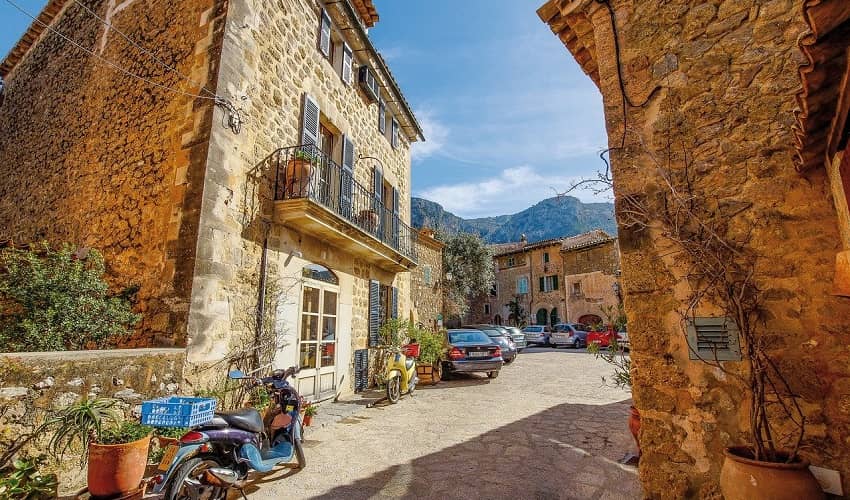
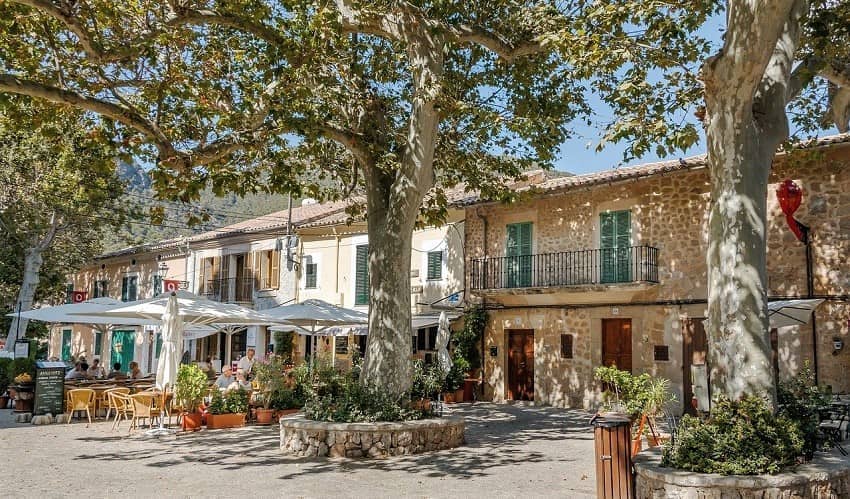
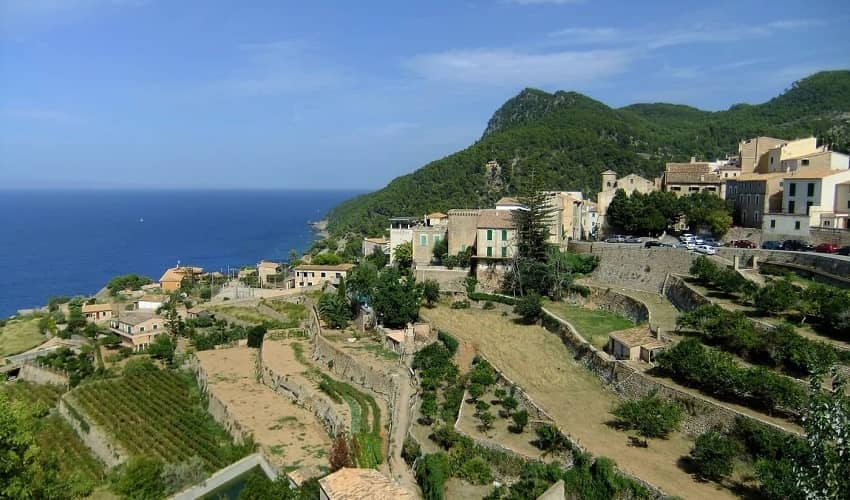
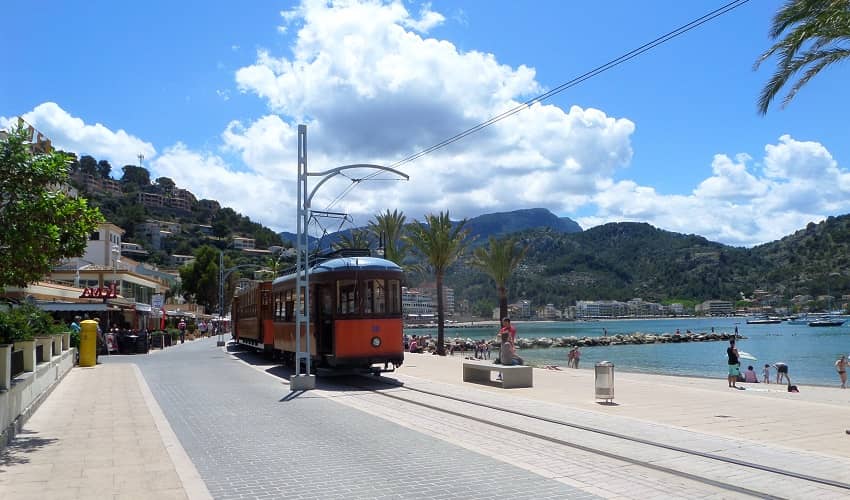
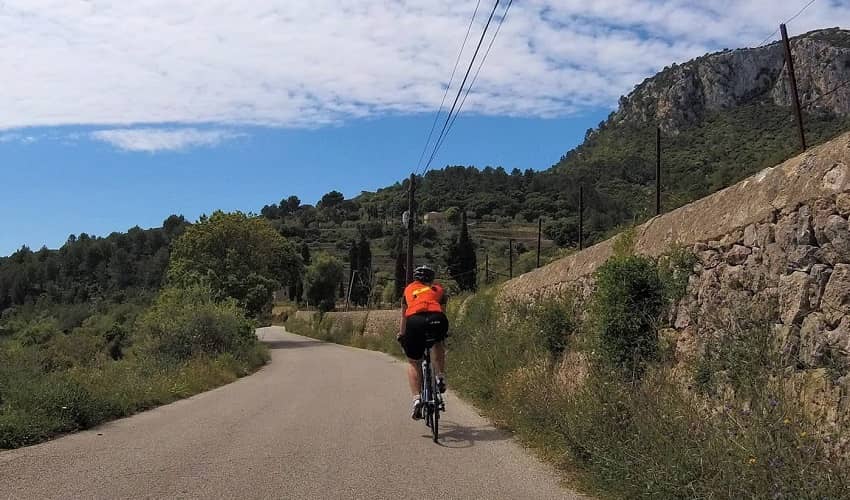
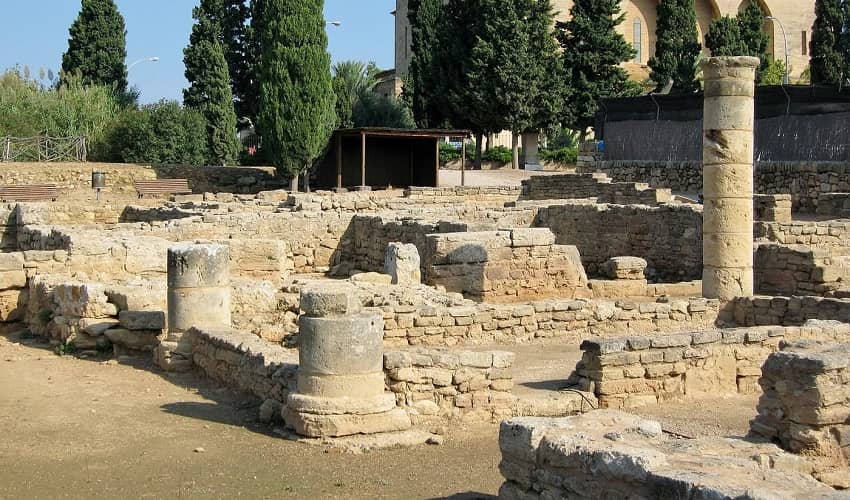
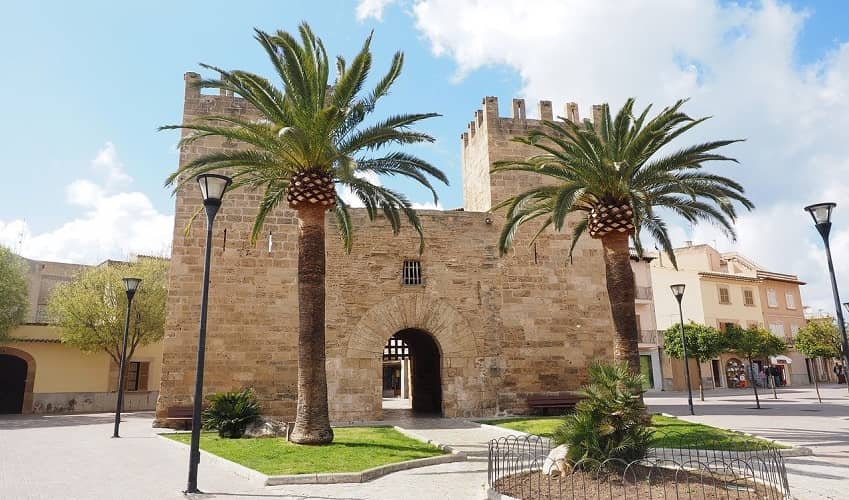
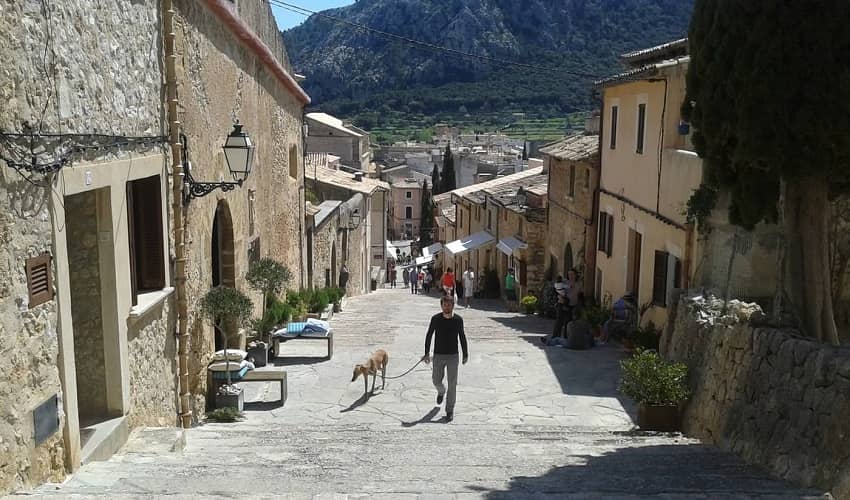
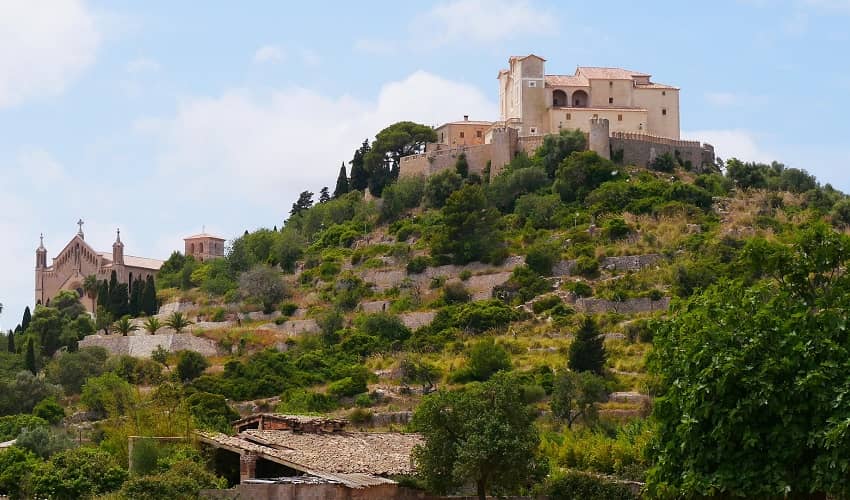
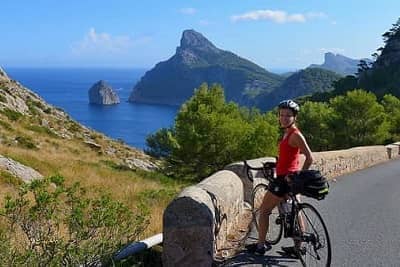
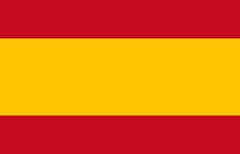 Spain
Spain
